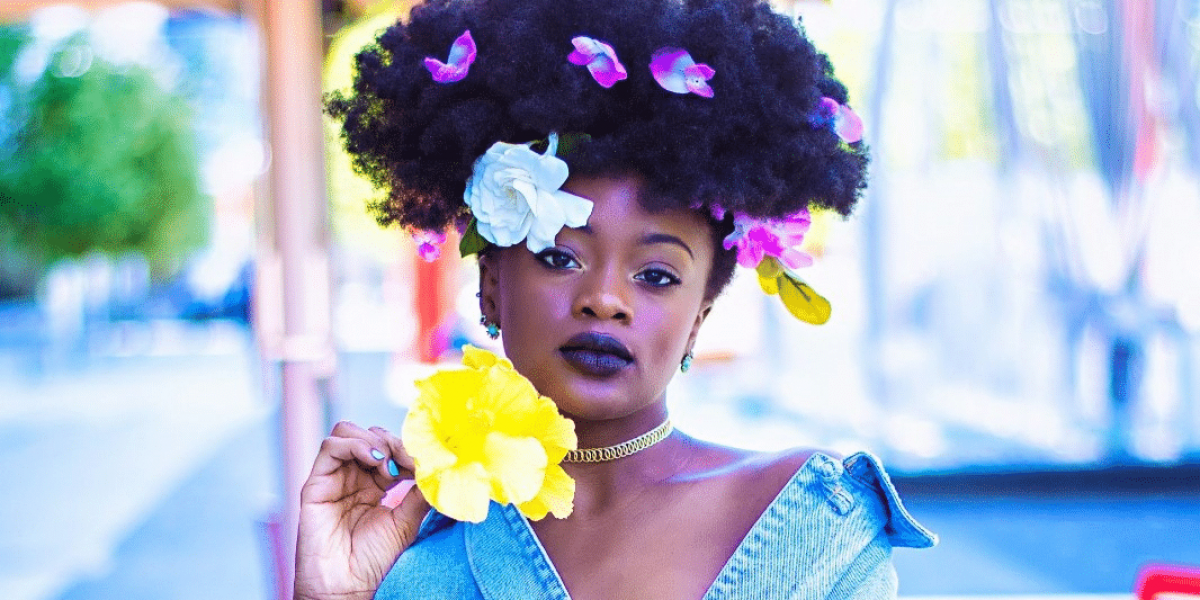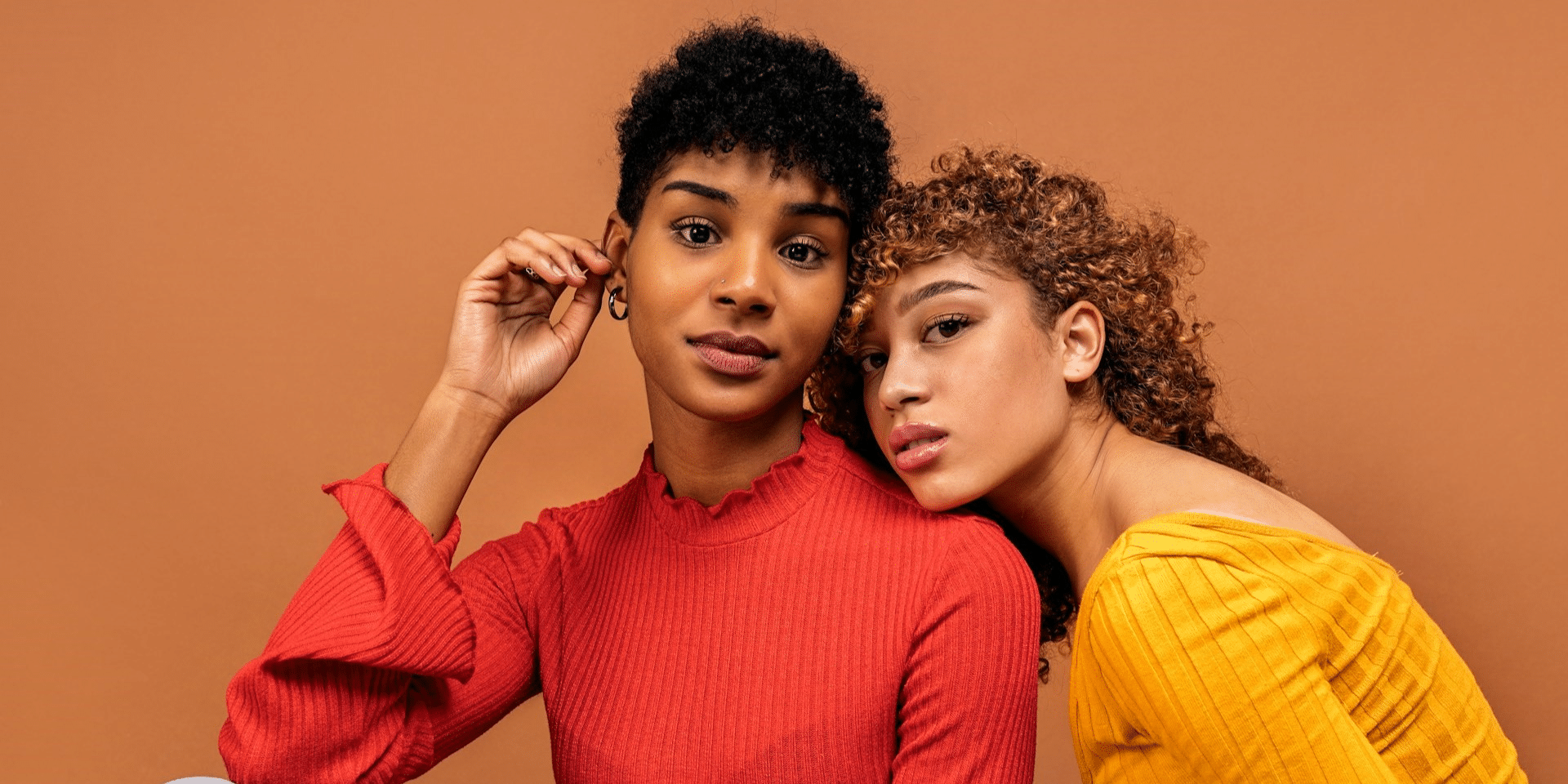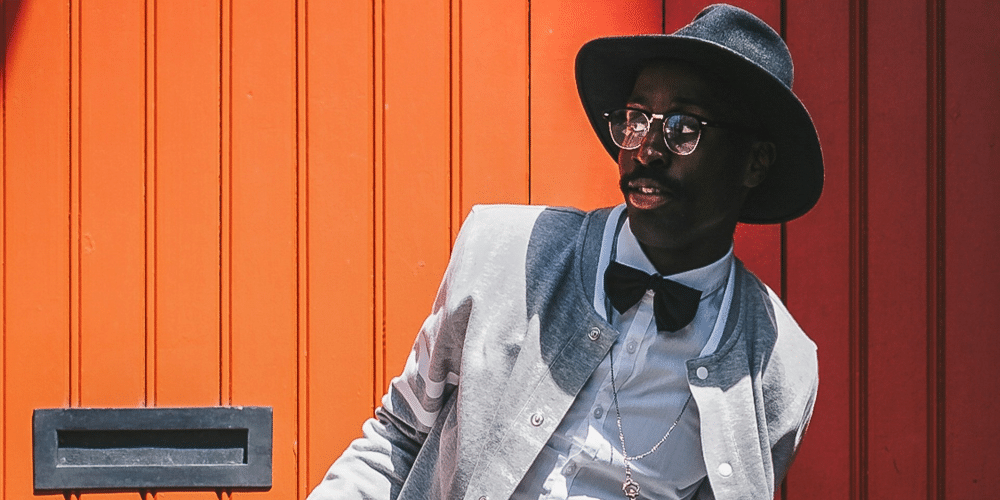Flowers have long been cherished for their beauty, fragrance, and symbolism, making them a popular motif in art, literature, and cinema. In film, flowers are often used to evoke emotions, convey messages, and enhance visual storytelling. From romantic comedies to psychological thrillers, flowers play a significant role in setting the mood, establishing themes, and deepening the narrative. In this article, we’ll delve into the use of flowers in film, exploring their symbolism, significance, and impact on cinematic storytelling.
Symbolism and Meaning
In cinema, flowers are rich with symbolism and meaning, representing a wide range of emotions, themes, and motifs. For example, roses are often associated with love, passion, and desire, making them a popular choice in romantic films. Similarly, lilies are often used to symbolize purity, innocence, and spirituality, while daisies represent youth, innocence, and simplicity. By incorporating these symbolic flowers into their films, directors can convey complex emotions and themes in a visually compelling way.
Setting the Mood
Flowers are also used in film to set the mood and create a sense of atmosphere. The choice of flowers and their arrangement can communicate the tone and ambiance of a scene, whether it’s a bright and cheerful garden setting or a dark and ominous floral arrangement. For example, a bouquet of vibrant sunflowers might evoke feelings of joy and optimism, while a bouquet of wilted roses might suggest sadness or decay. By using flowers to establish mood, filmmakers can immerse viewers in the world of the film and enhance their emotional engagement with the story.
Enhancing Visual Imagery
In addition to their symbolic and mood-setting qualities, flowers are valued in film for their visual beauty and aesthetic appeal. The vibrant colors, delicate petals, and intricate patterns of flowers can add visual interest and texture to a scene, enhancing its overall composition and cinematography. Whether featured in close-up shots or as part of a larger landscape, flowers add a touch of natural beauty and elegance to the visual imagery of a film, captivating viewers with their timeless allure.
Conveying Character Traits
Flowers are often used in film to convey character traits and personality traits. For example, a character who is depicted surrounded by flowers may be perceived as romantic, sensitive, or nurturing, while a character who avoids flowers or destroys them may be seen as cold, indifferent, or destructive. By incorporating flowers into the characterization of their characters, filmmakers can provide subtle visual cues that deepen our understanding of their motivations, desires, and inner conflicts.
Exploring Themes and Motifs
Flowers are also used as recurring motifs in film to explore themes such as beauty, mortality, and the passage of time. For example, the image of a wilting flower might symbolize the fleeting nature of life and the inevitability of death, while a field of blooming flowers might represent the promise of new beginnings and growth. By weaving these floral motifs throughout their films, directors can develop thematic resonance and create a sense of continuity and cohesion within the narrative.
Enhancing Storytelling
Ultimately, the use of flowers in film serves to enhance storytelling by adding depth, texture, and layers of meaning to the narrative. Whether used as symbolic elements, mood-setting props, visual embellishments, or character identifiers, flowers play a vital role in shaping the overall aesthetic and emotional impact of a film. By paying attention to the subtle details and nuances of floral imagery, filmmakers can enrich their storytelling and create a more immersive and resonant cinematic experience for audiences.
Flowers Add Layers Beyond Their Petals
The use of flowers in film is a powerful and versatile storytelling tool that adds beauty, symbolism, and depth to cinematic narratives. Whether used to convey emotions, set the mood, enhance visual imagery, convey character traits, explore themes and motifs, or enhance storytelling, flowers play an integral role in shaping the aesthetic and emotional landscape of a film. As viewers, we can appreciate the artistry and symbolism of floral imagery in cinema and gain a deeper understanding of the themes, characters, and emotions conveyed through their use. So the next time you watch a film, pay attention to the flowers, and you may discover a whole new layer of meaning and significance hidden within their petals.







